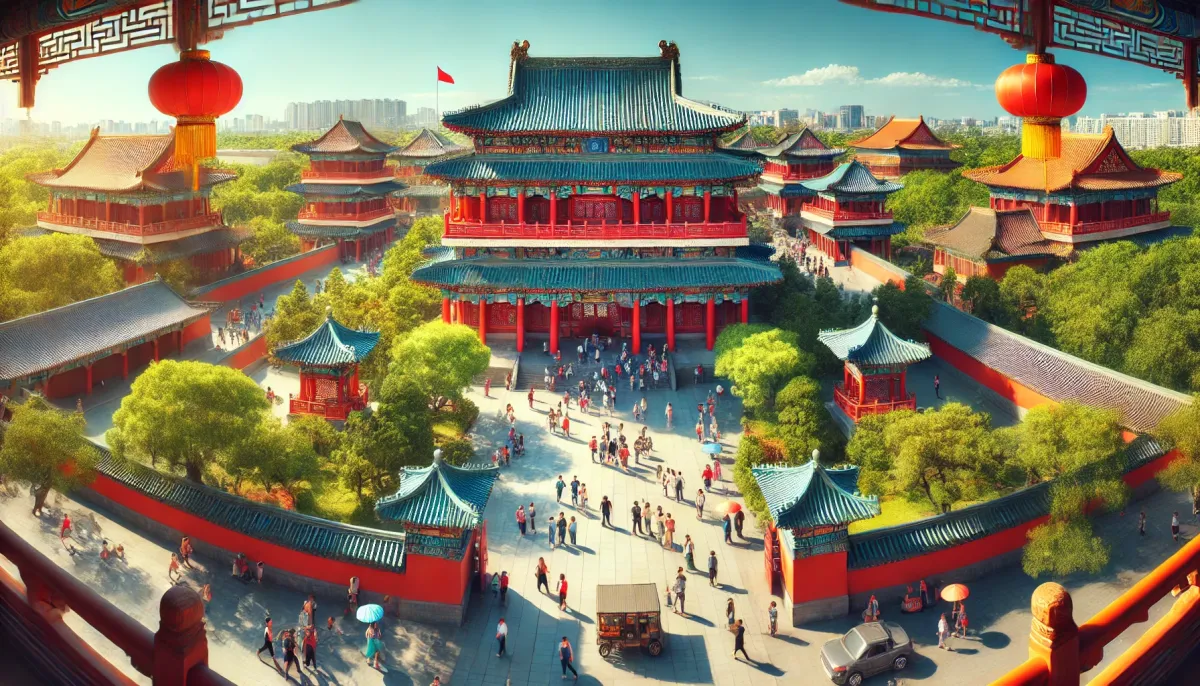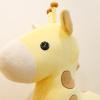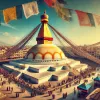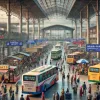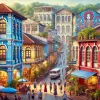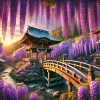Hey everyone, Mark here! I'm back with another incredible travel story, this time from my recent adventure to Northeast Asia. Prepare to be amazed because this trip was anything but ordinary. It all started in Shenyang, China, a city that’s experiencing record-breaking heat—seriously, 38°C (100.4°F) with the ground temperature hitting 44°C (111.2°F)! I've been to some hot places in Asia, but this was something else. Even the "Four Great Furnaces" of China (Chongqing, Wuhan, Nanjing, and Chengdu) would struggle with this! The heat is a testament to how climate change is affecting even places I wouldn't have expected to be scorching hot, like parts of North Korea.
Shenyang's Imperial Past: A Visit to the Mukden Palace
After battling the heat, I decided to dive into history and explore the Mukden Palace in Shenyang. This isn't just any palace; it's the former imperial palace of the early Qing dynasty, the birthplace of the dynasty itself! It's where Nurhaci, the founder of the Qing dynasty, established his capital before moving it to Beijing. The Palace's story is a fascinating tale of strategic decisions and political maneuvering.
I found out that Nurhaci initially established his capital in Liaoyang (Liaoyang Old City), but later relocated to Shenyang in 1625. Various reasons are given for this move. Legend says it was due to feng shui, but the real reason was probably more pragmatic: Shenyang's strategic location allowed him to better manage his growing empire.
| Reason for Move | Explanation |
|---|---|
| Strategic Location | Control over access to Mongolia and easier attacks on the Ming Dynasty while retaining a secure base of operations. |
| Manageability | Shenyang was a smaller city at the time, making governance easier. |
| Expansion Potential | It provided more room for the city's expansion. |
The Mukden Palace itself is stunning. The architecture is distinctly Manchu, a significant precursor to the grandeur of the Forbidden City in Beijing. It’s mind-blowing to think that this was the foundation for the world-famous Beijing palace. The eight corner pavilions (the "Eight Banner Pavilions") reminded me of the unique Manchu military and social structure. Each pavilion represented a banner, a military unit and social group.
A Whirlwind of Laughter: Northeast China's Stand-Up
After exploring the palace, I decided to experience a bit of local culture by attending a Northeast China stand-up comedy show. Now, in this part of China, you're not exactly seeing traditional western stand-up, you're seeing something more akin to the Errenzhuan, a traditional comedic folk art. While I didn't understand everything, due to the heavy use of dialect, the energy and humor were infectious. I love how engaging and stress-free stand-up comedy can be. It's a fantastic way to unwind, laugh freely, and absorb a culture's sense of humor!
North Korea: A Glimpse Behind the Curtain
The main reason I came to Northeast China, of course, was as a jumping-off point to North Korea! It’s impossible to fly directly into North Korea from the States. The experience of flying from China to North Korea was unique.
The airport was a hub of activity. Many people, both Koreans and Chinese, were carrying large amounts of goods. Since North Koreans are restricted from traveling abroad, there was a lot of cross-border trade. Seeing all these people bustling around, carrying packages and boxes was pretty eye-opening, offering a glimpse of economic reality and exchange between the two nations.
My Final Thoughts
My adventure to Shenyang and North Korea was an incredible journey that allowed me to experience diverse history, vibrant culture, and even the effects of climate change. From the intense heat of Shenyang to the intriguing history of the Mukden Palace and the energetic atmosphere of a Northeast China stand-up show, this adventure was unforgettable. If you’re considering a unique travel experience, Northeast Asia deserves to be on your list. Just be prepared for the heat and the unique logistics of visiting North Korea.
